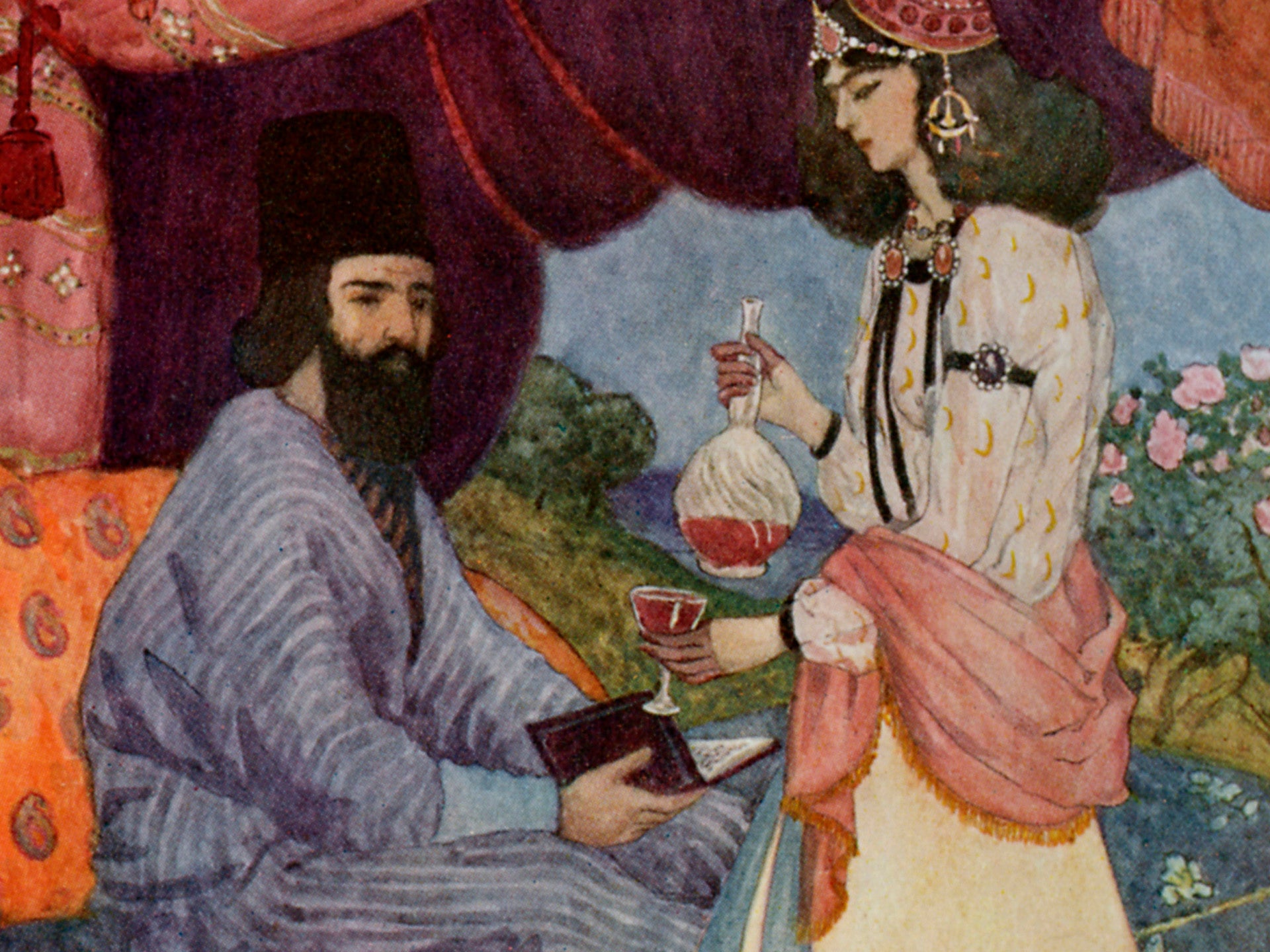
From the Celebrated Wine of Shiraz to the Enigmatic Arak
The rich tapestry of Persian culture, with its colorful traditions, poetic expressions, and intricate art, has an often overlooked yet influential thread woven through it: the historical presence and consumption of alcohol. Persia, known today as Iran, has had a complicated relationship with alcohol, from its celebration in ancient times to its prohibition in the modern era. Let's embark on a journey to uncover the influence of alcohol on this ancient civilization.
1. The Ancient Wine of Persia
The historical presence of wine in Persia can be traced back thousands of years. Archaeological findings, including wine jars dated to 5000 BCE, suggest that Persians not only consumed wine but also pioneered some of the earliest winemaking techniques. The famed wine of Shiraz, often believed to have its origins in the eponymous city, became synonymous with quality and was celebrated in both song and literature.
2. Poetry and Wine: An Inseparable Duo
The connection between wine and Persian poetry is profound. Celebrated poets like Hafez, Rumi, and Omar Khayyam often used wine as a metaphor in their verses. For them, wine symbolized spiritual ecstasy and divine love. Verses brimming with references to wine and taverns were not just about the drink but were allegorical expressions of the soul's yearning for the divine.
3. Arak: The Spirit of the People
While wine has its place in history, it's hard to discuss alcohol in Persia without mentioning Arak, a traditional Raisin flavoured spirit. Consumed widely in social and ceremonial settings, Arak was often enjoyed alongside traditional dishes, its potent flavor complementing the rich tastes of Persian cuisine.
4. Prohibition and Present Day
With the advent of Islam, the consumption of alcohol faced periods of prohibition due to religious injunctions. However, despite official bans, the production and consumption of alcohol persisted discreetly. The underground wine and arak production became a silent act of resistance for some, a way to hold onto age-old traditions in changing times.
In modern-day Iran, alcohol is prohibited for Muslims, but non-Muslim minorities are allowed to produce and consume it within their communities.
5. Cultural Influence Beyond Borders
The influence of Persian alcoholic traditions extends beyond its borders. The wine-making traditions have influenced regions from the Mediterranean to India. Moreover, the poetic celebrations of wine have found echoes in the literary traditions of multiple cultures.
Conclusion
The history of alcohol in Persia is as intricate and layered as its most celebrated carpets. From the ancient vineyards of Shiraz to the clandestine Arak gatherings of the modern era, the spirit of alcohol has left an indelible mark on Persian culture, literature, and traditions. In every sip of Arak or every poetic ode to wine, one can find a reflection of a civilization that has loved, lost, celebrated, and evolved through the ages.
